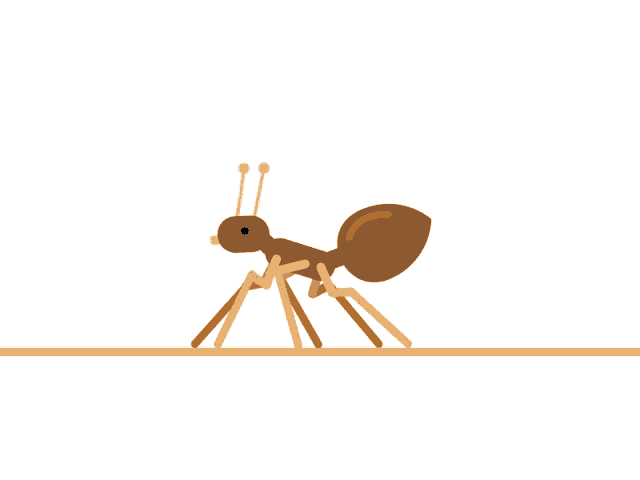- Our process begins with a thorough inspection of your property to identify the type of ant species and locate their nesting sites.
- Understanding ant behavior is crucial for selecting the most effective extermination methods.
MENU

- We're Online









